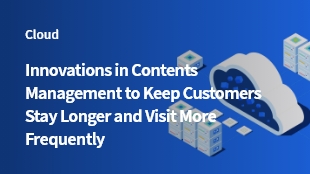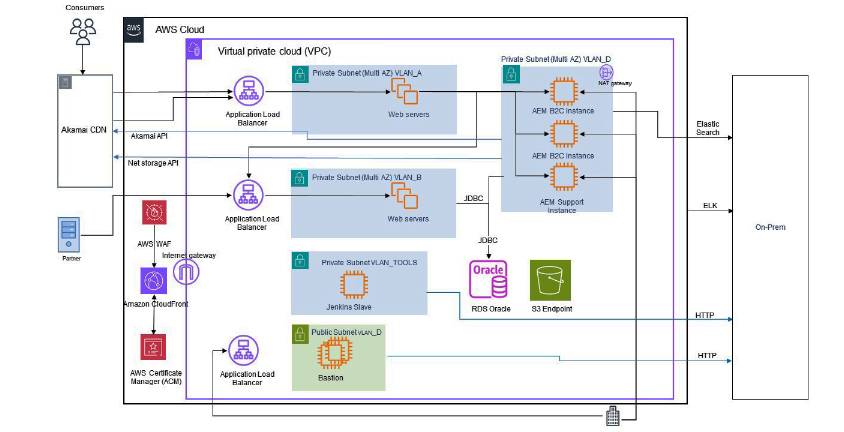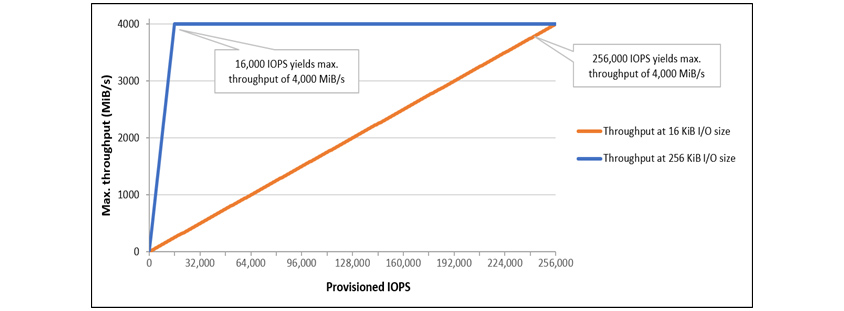Innovations in Contents Management to Keep Customers Stay Longer and Visit More Frequently


Most companies have digital marketing platforms. They want their clients to stay on their websites longer and visit frequently. The investment is being made huge in CX platforms to follow current CX trends such as immersive customer experience, deeper personalization, evolved and seamless experiesnces as well as reshaping CX for customer well-being and sentiment.
In the AEM Migration project, our objective was to migrate and upgrade the AEM version and its Oracle DB system to the AWS Cloud while ensuring scalability, reliability, operational efficiency, and security. Our primary focus was to complete the migration of a large-capacity Oracle DB data with minimal business downtime. Samsung SDS America, renowned for its expertise in Adobe AEM solution implementation and management, consistently delivers optimal solutions to meet such requirements.
Architecture Design
To address the technical goals of scalability, reliability, operational efficiency, and security, we designed an architecture based on the AWS Well-Architected Framework. This framework ensures best practices and offers the following benefits:
 AWS Architecture Reference Model Optimized for AEM on AWS
AWS Architecture Reference Model Optimized for AEM on AWS
① Scalability : The architecture is designed to easily scale resources in response to changing demands. By utilizing AWS services, we enable seamless expansion of computing power, storage, and other resources as required, ensuring smooth operation during peak loads and accommodating future business growth.
② Reliability : The architecture prioritizes fault tolerance and ensures high availability. By leveraging AWS services such as Auto Scaling, Elastic Load Balancing, and multi-Availability Zone deployments, we establish resilient infrastructure that minimizes the risk of downtime and ensures uninterrupted service for end-users.
③ Operational Efficiency : Through the use of AWS services, we optimize resource utilization and streamline operations. Automation tools like AWS CloudFormation and AWS OpsWorks simplify deployment and management processes, reducing manual effort and improving overall efficiency. Additionally, serverless architectures using AWS Lambda enable efficient and cost-effective execution of functions without the need for provisioning and managing servers.
④ Security : The architecture incorporates robust security measures to protect data and systems. By utilizing AWS Identity and Access Management (IAM), we implement granular access controls and permissions, ensuring that only authorized personnel can access sensitive resources. We also leverage AWS CloudTrail for auditing and monitoring, enabling real-time detection of security events and facilitating compliance with industry standards.
Data Migration :
To address the challenge of migrating large-capacity data, we employed AWS services to ensure optimal performance and data consistency. The migration process involved using Oracle Data Pump in conjunction with S3 integration with RDS, ensuring a secure and efficient transfer of Oracle DB data from the on-premise environment to the AWS Cloud.
To ensure a successful data migration process, we followed industry best practices. Here are some key considerations
① Planning : Thoroughly analyze the source database and define a clear migration strategy. Identify dependencies, potential challenges, and prioritize data subsets based on business needs.
② Data Cleansing and Transformation : Validate and cleanse data before the migration to ensure accuracy and integrity. Transform the data, if necessary, to match the target schema and optimize performance.
③ Data Validation : Develop a comprehensive data validation plan to ensure data consistency and completeness after the migration. Perform rigorous testing to identify and rectify any discrepancies.
④ Incremental Migration : For large-scale databases, consider an incremental migration approach to minimize downtime and optimize data transfer. Transfer data in smaller batches while ensuring consistency and synchronization between the source and target systems.
⑤ Monitoring and Performance Optimization : Monitor the migration process closely, tracking key metrics such as data transfer rate, latency, and resource utilization. Optimize performance by utilizing AWS services like AWS Database Migration Service (DMS) and optimizing network bandwidth.
High-Performance Storage :
To facilitate efficient processing of large-scale DB data, we utilized AWS EBS service, providing ample storage space and high-performance I/O processing capabilities. By using RAID configuration with Provisioned IOPS SSD volume (io2), we achieved secure high IOPS and throughput, guaranteeing optimal performance for DB data conversion. The architecture's design allows for easy expansion, ensuring scalability to accommodate future business growth.
 io2 Block Express volumes in DB
io2 Block Express volumes in DB
Conclusion
By adhering to the Well-Architected Framework proposed by AWS, we successfully migrated the operating system within the target Cut-Over time. The architecture's emphasis on scalability, reliability, operational efficiency, and security allowed us to establish optimal conversion procedures, ensuring seamless migration while meeting customer requirements. Through the utilization of AWS Compute and high-performance storage, we significantly reduced data transmission and migration time compared to the initial conversion configuration.
Overall, the AEM Migration project on AWS Cloud was executed seamlessly, resulting in a successful upgrade and enhanced operational efficiency for our valued customer. The architecture's scalability, reliability, operational efficiency, and security features provide a robust foundation for future growth and continued success in the AWS Cloud environment.
Investing in a CX platform helps this enterprise's market entry by improving customer experiences and leveraging digital publishing and marketing tools to gain visibility and attract customers.
▶ The content is protected by the copyright law and the copyright belongs to the author.
▶ The content is prohibited to copy or quote without the author's permission.

Head of Cloud Business Division, 삼성SDS America